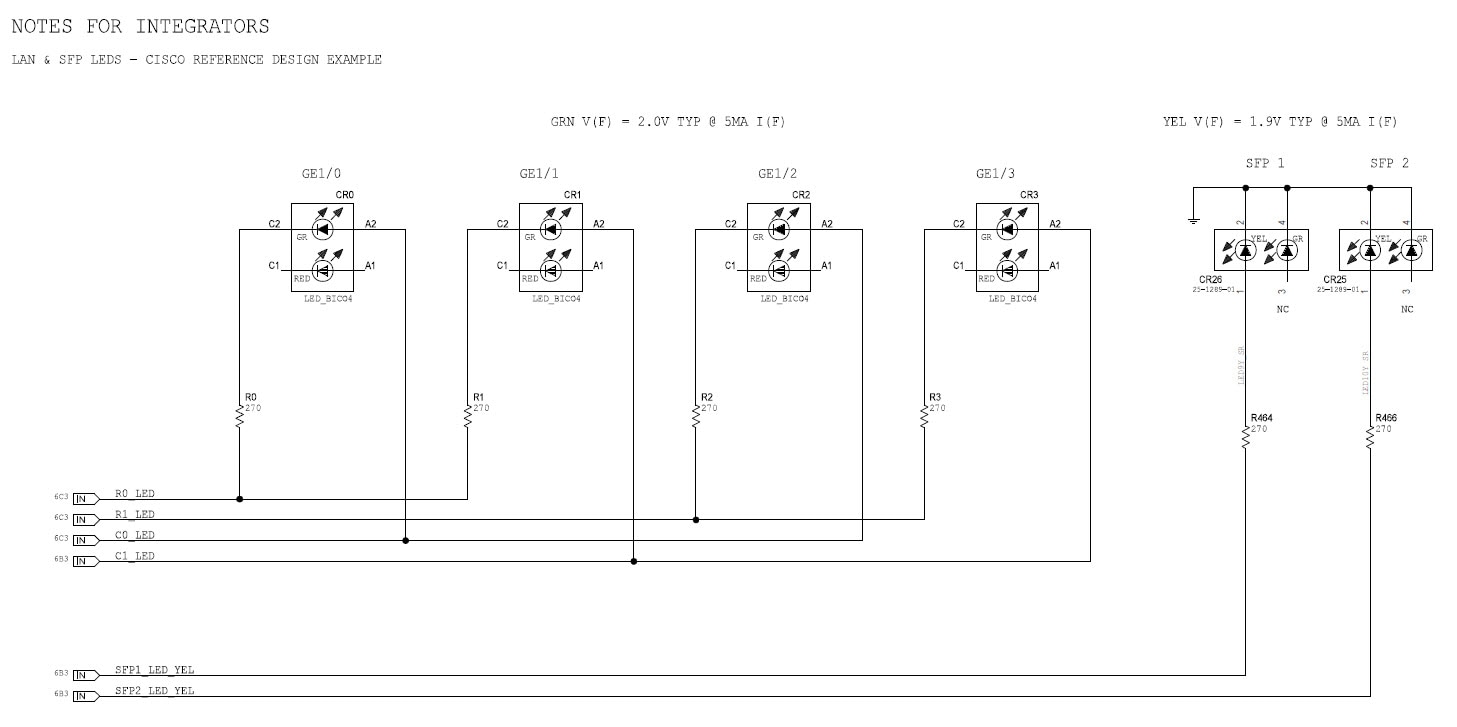|
USB3A_TX_[ P/N ]
|
OUT
|
Series Caps at ESR
Note 2
|
USB 3.0 Transmit Differential Pair for External USB Host Port
|
1.2V Max USB
|
90 Ohm Differential
+/-10% (inner layers)
+-15% (outer layers
|
|
USB3A_RX_[ P/N ]
|
IN
|
Series Caps at Host
Note 4
|
USB 3.0 Receive Differential Pair for External USB Host Port
|
1.2V Max USB
|
90 Ohm Differential
+/-10% (inner layers)
+-15% (outer layers
|
|
USBA_[ DP/DN ]
|
BI
|
2x 15K PD at ESR
|
USB 2.0 Differential Pair for External USB Host Port
|
3.6V Max USB
|
90 Ohm Differential
+/-10% (inner layers)
+-15% (outer layers
|
|
USBA_5V_EN
|
OUT
|
1K PD at ESR
Note 3
|
Enable 5V output of the external USB Host Port.
Active High (0 = disable 5V USB output. 1 = enable USB 5V output)
|
3.3V CMOS
|
—
|
|
USBA_OC_L
|
IN
|
10K PU at Host
Note 5
|
Over Current Detect of the external USB Host Port.
Active Low (0 = USB host port 5V is in overcurrent condition. 1 = Normal Operation)
|
3.3V CMOS
|
—
|
|
CP_UA0_DTR
|
OUT
|
10K PU at Host
Note 5
|
UART0 DTR flow control signal for external RS232 Serial Port
|
3.3V CMOS
|
50 Ohm Single-Ended
+/-10% (inner layers)
+/-15% (outer layers
|
|
CP_UA0_DSR
|
IN
|
4.7K PU at ESR
Note 3
|
UART0 DSR flow control signal for external RS232 Serial Port
|
3.3V CMOS
|
50 Ohm Single-Ended
+/-10% (inner layers)
+/-15% (outer layers
|
|
CP_UA0_RTS
|
OUT
|
10K PU at Host
Note 5
|
UART0 RTS flow control signal for external RS232 Serial Port
|
3.3V CMOS
|
50 Ohm Single-Ended
+/-10% (inner layers)
+/-15% (outer layers
|
|
CP_UA0_CTS
|
IN
|
4.7K PU at ESR
Note 3
|
UART0 CTS flow control signal for external RS232 Serial Port
|
3.3V CMOS
|
50 Ohm Single-Ended
+/-10% (inner layers)
+/-15% (outer layers
|
|
CP_UA0_TXD
|
OUT
|
10K PU at Host
Note 5
|
UART0 Transmit Data for external RS232 Serial Port
|
3.3V CMOS
|
50 Ohm Single-Ended
+/-10% (inner layers)
+/-15% (outer layers
|
|
CP_UA0_RXD
|
IN
|
4.7K PU at ESR
Note 3
|
UART0 Receive Data for external RS232 Serial Port
|
3.3V CMOS
|
50 Ohm Single-Ended
+/-10% (inner layers)
+/-15% (outer layers
|
|
AP_UA0_TXD
|
OUT
|
1K PD at ESR
Note 3
|
Transmit Data for Console Port
|
3.3V CMOS
|
50 Ohm Single-Ended
+/-10% (inner layers)
+/-15% (outer layers
|
|
AP_UA0_RXD
|
IN
|
100K PU at Host
Note 5
|
Receive Data for Console Port
|
3.3V CMOS
|
50 Ohm Single-Ended
+/-10% (inner layers)
+/-15% (outer layers
|
|
ALM_IN_L
|
IN
|
4.7K PU at ESRIf not used, keep open. The router will pull it up and keep it in an idle state.
Note 3
|
Alarm Input (3.3V digital signal at the ESR connector).
Active Low (0 = external alarm port is closed. 1 = external alarm port is open circuit)
|
3.3V CMOS
|
—
|
|
PUSHBUTTON_L
|
IN
|
4.7K PU at ESRIf not used, keep open. The router will pull it up and keep it in an idle state.
Note 3
|
Pushbutton Detect Input (3.3V digital signal at the ESR connector).
Active Low (0 = pushbutton is closed. 1 = pushbutton is open).
|
3.3V CMOS
|
—
|



 Feedback
Feedback